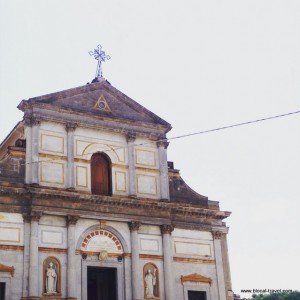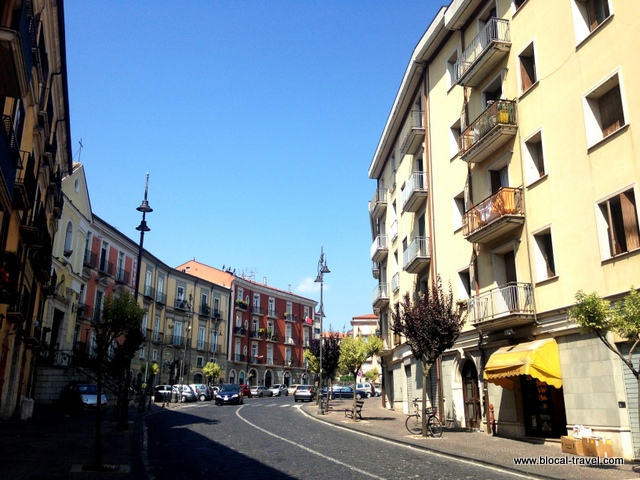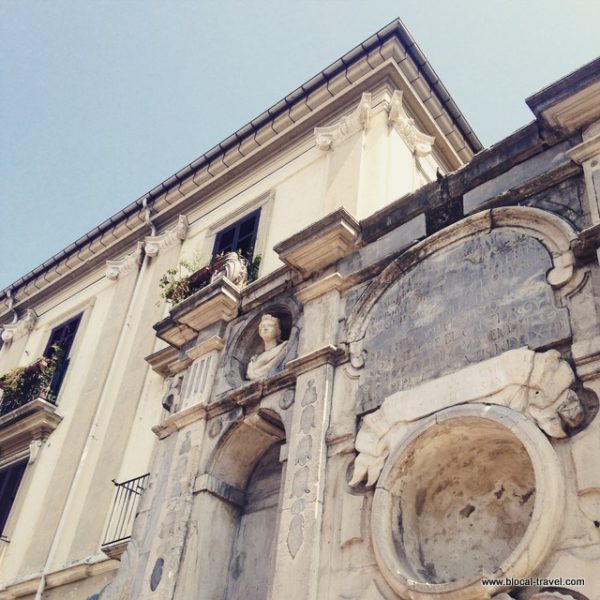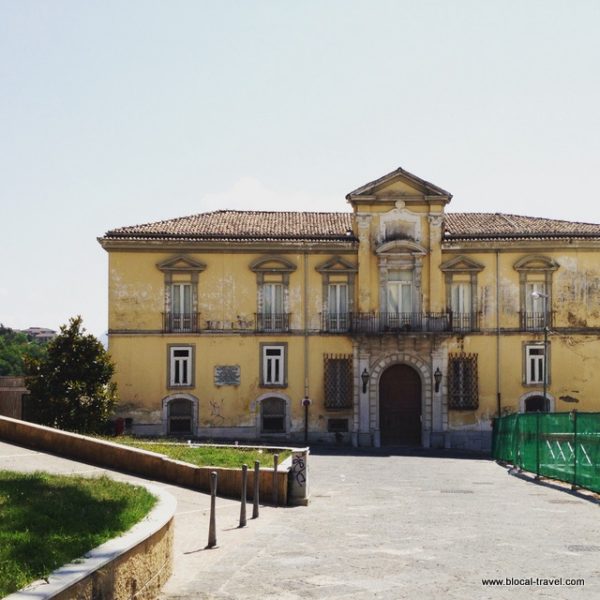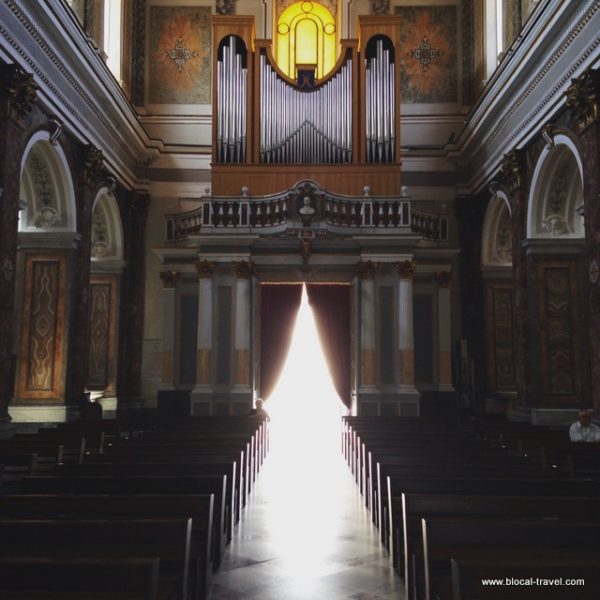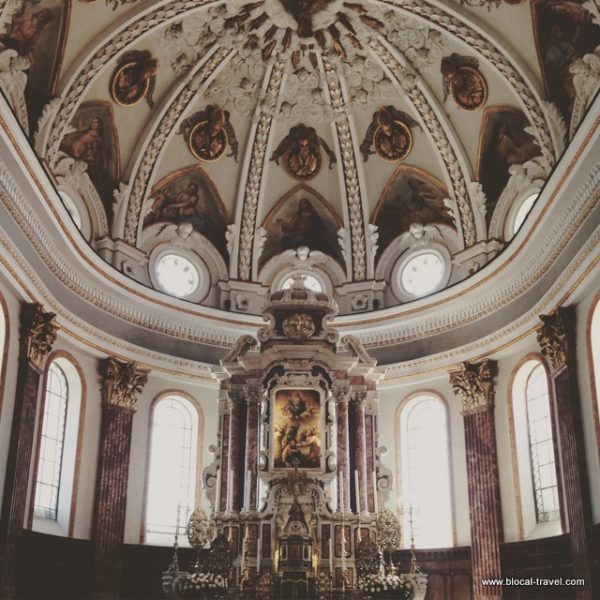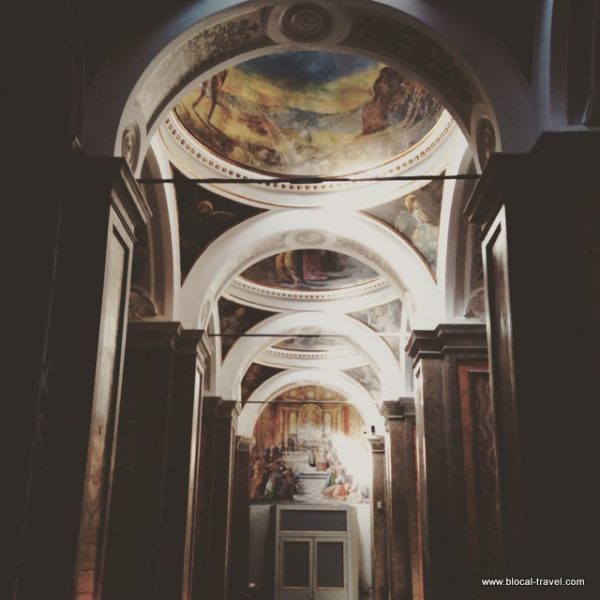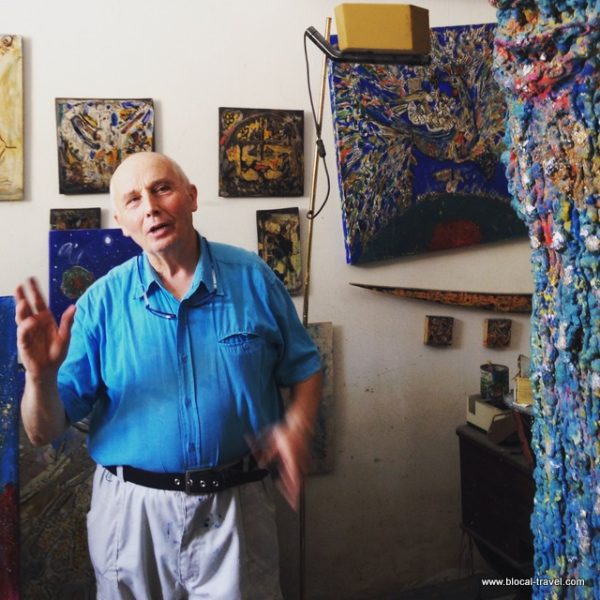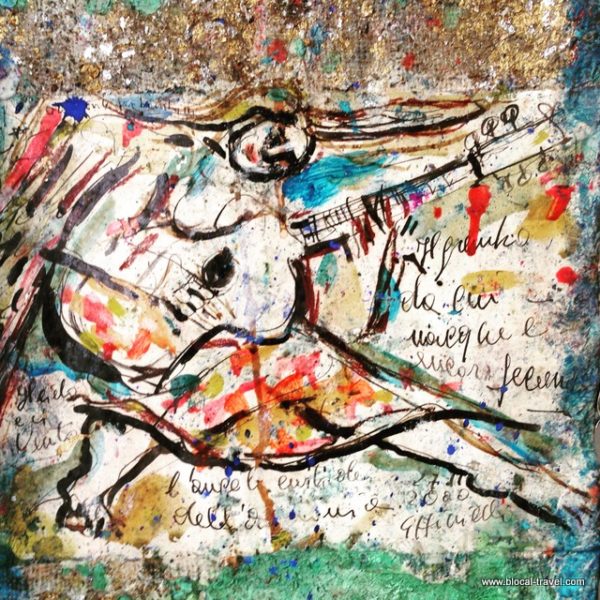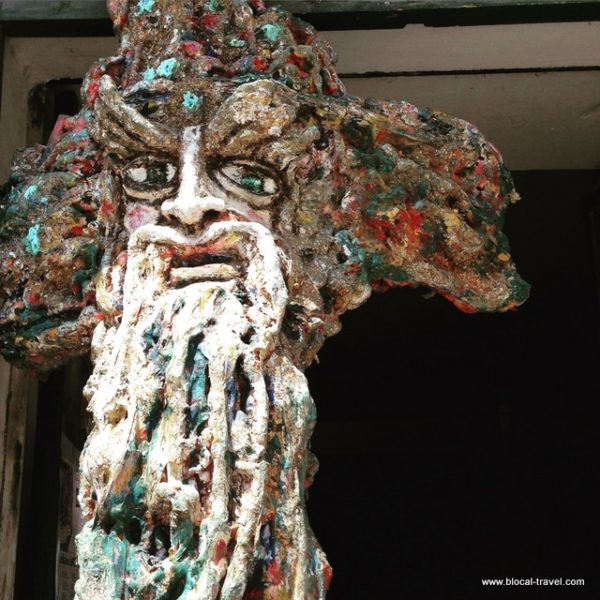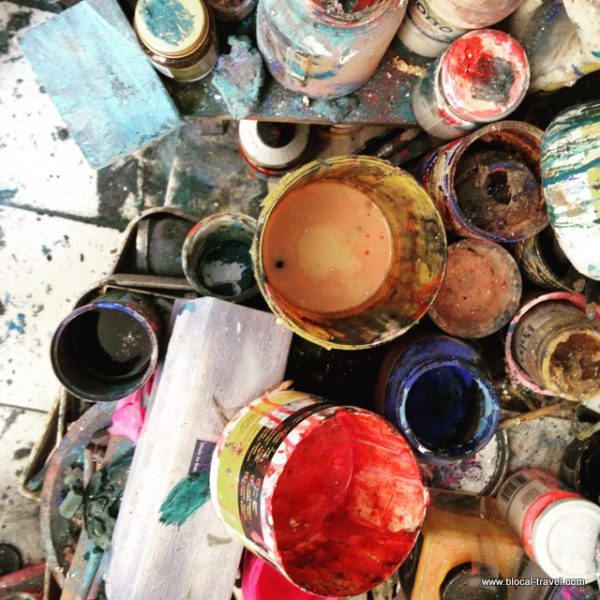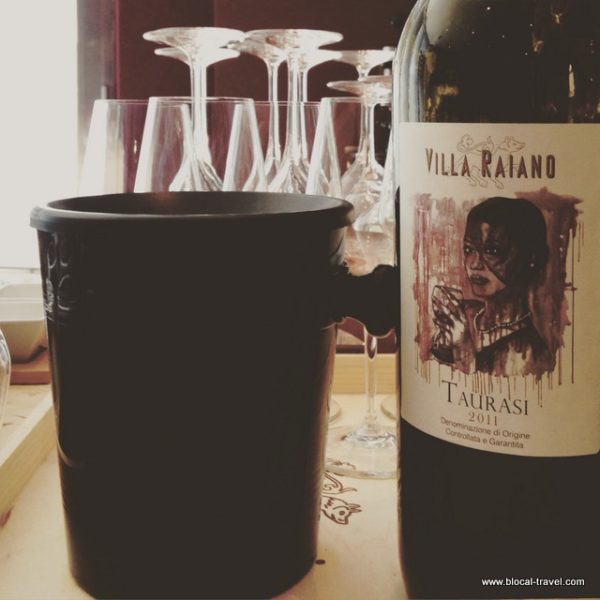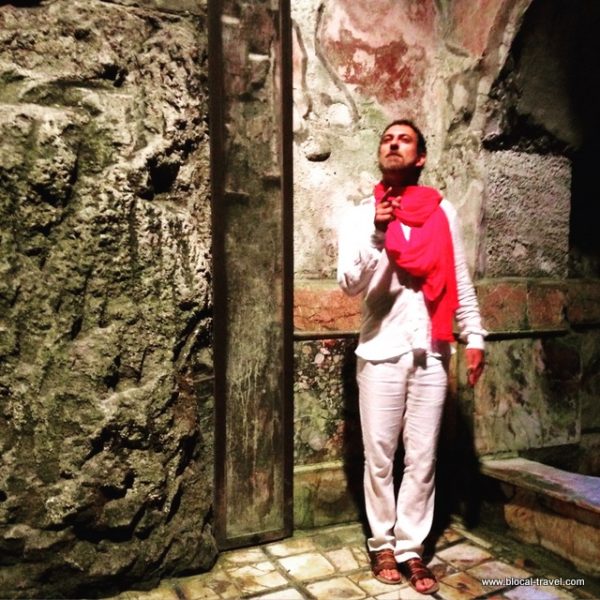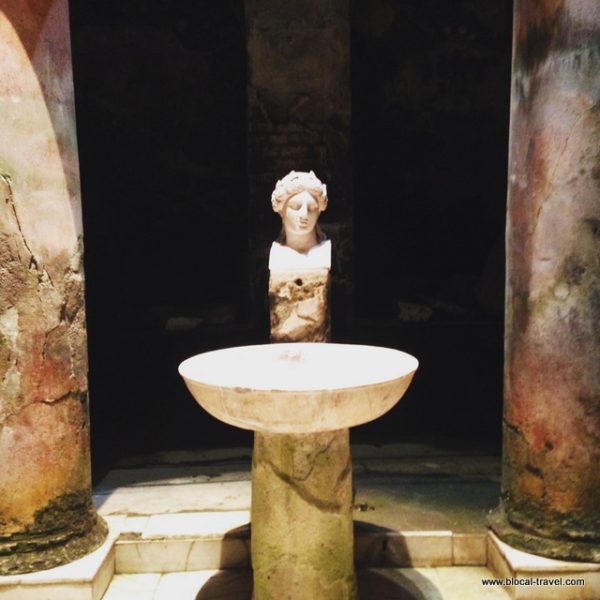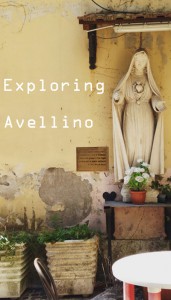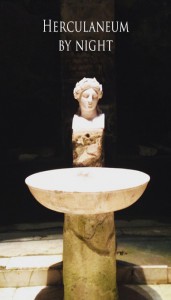On the morning after my amazing day in Naples, I left the city to learn more about the rest of the region.
I was invited by Campania Arte Card to attend two of their thematic Grand Tours across the region:
a wine tour in Irpinia, a very off-the-beaten path area of Campania, and a night tour at the archaeological excavations of Herculaneum.
AVELLINO
Avellino is the biggest town in Irpinia, a mountainous area of Campania on the Southern Apennine Mountains. Unlike the coast, this area has always been rural and isolated, and even Avellino looks like a big, quiet village.
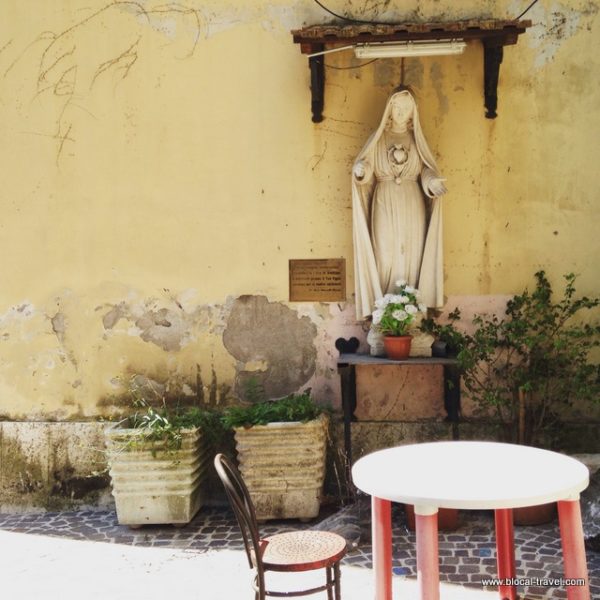 Avellino was a centre of the Samnite Hirpini, which was conquered by the Romans in 293 BC. It later became an Episcopal seat and, after the Lombard conquest of southern Italy, the old city was abandoned and a new one rose on Terra Hill, which is the area that we visited during the tour.
Avellino was a centre of the Samnite Hirpini, which was conquered by the Romans in 293 BC. It later became an Episcopal seat and, after the Lombard conquest of southern Italy, the old city was abandoned and a new one rose on Terra Hill, which is the area that we visited during the tour.
Even in the old city centre, though, we couldn’t spot any sign of its fascinating past, as almost all the ancient buildings were destroyed during the 1980 dramatic earthquake.
The emblem of the city is its Clock Tower, which is visible from any corner of Avellino. It was built during the 17th century by Cosimo Fanzago.
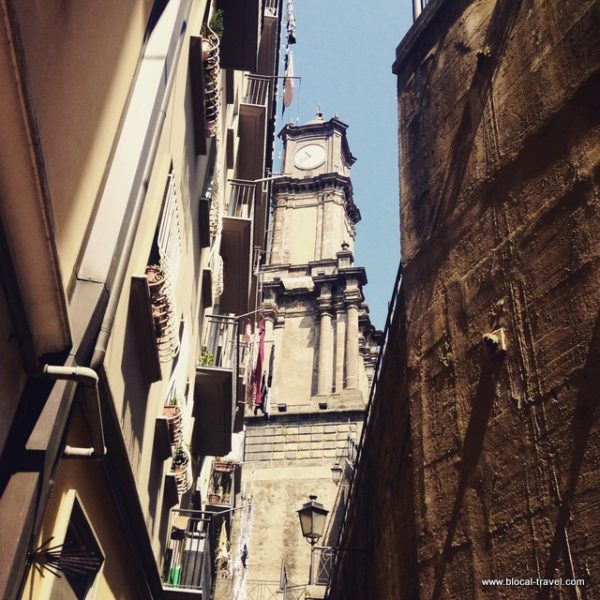
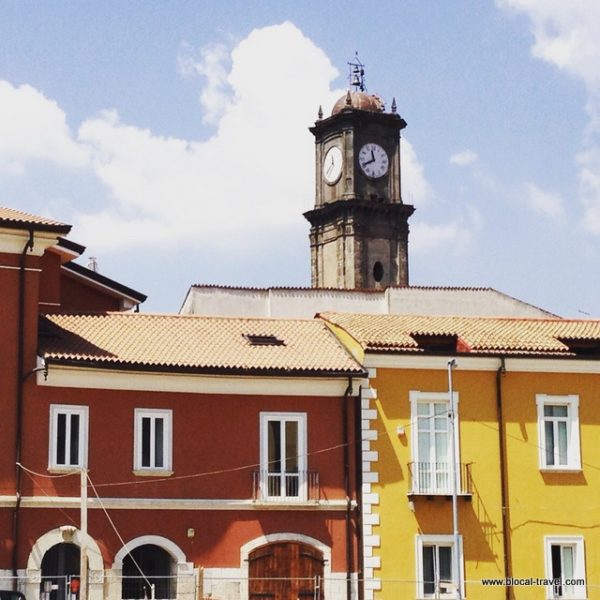
The Romanesque Cathedral maintained its original appearance until the 17th century; then, several renovation works made it more Baroque at first, and later Neoclassical.
The nearby crypt, instead, has maintained its Romanesque appearance, and the contrast between these two architectures is intense.
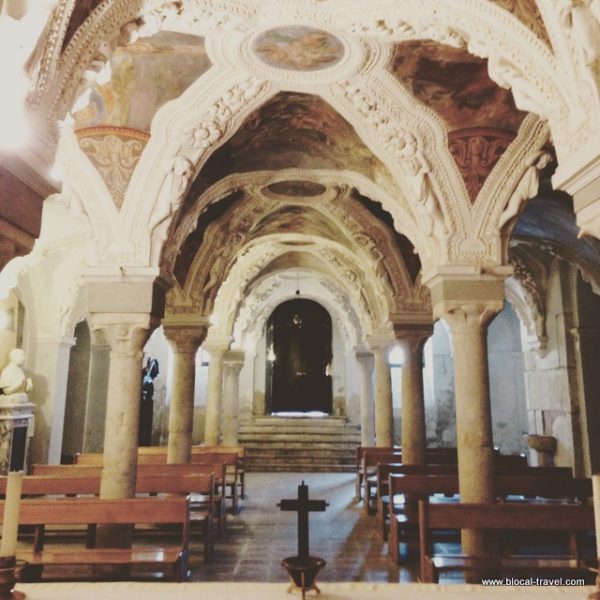
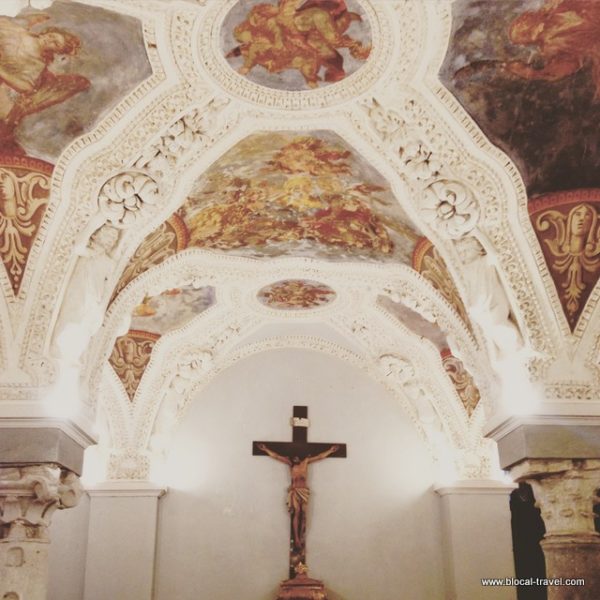
In fact, as we entered the atelier, we found several colourful figures flying in their magical worlds but, even if with a fairy-talish approach, Giovanni still addresses to crucial issues of our time, such as ecology and the urge to save our ‘suffering earth’, as one of his paintings puts it.
Avellino > WINE TASTING AT VILLA RAIANO
San Michele di Serino, Avellino
As the theme of the tour was ‘wine’, later we went to Villa Raiano, a winery established in 1996, where we visited the wine cellar and had a wine tasting. The place itself is amazing: it overlooks the valley of river Sabato and it is surrounded by chestnut woods and, of course, vineyards.
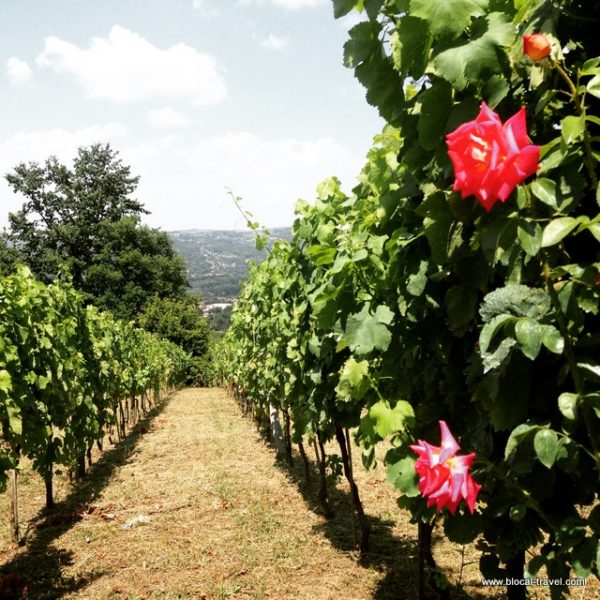
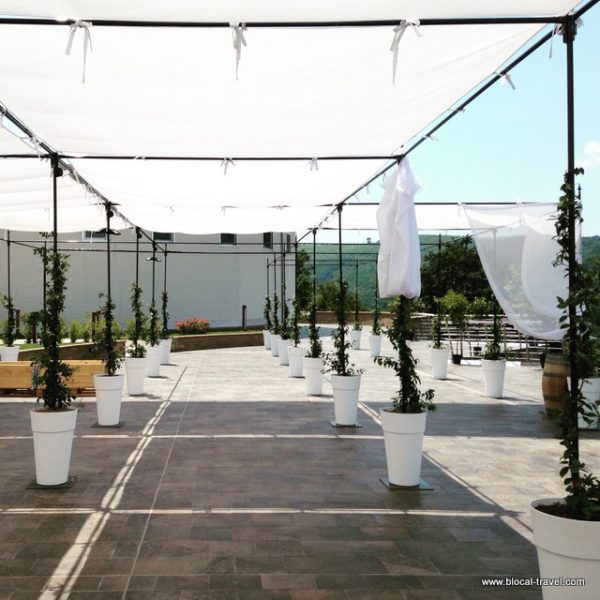
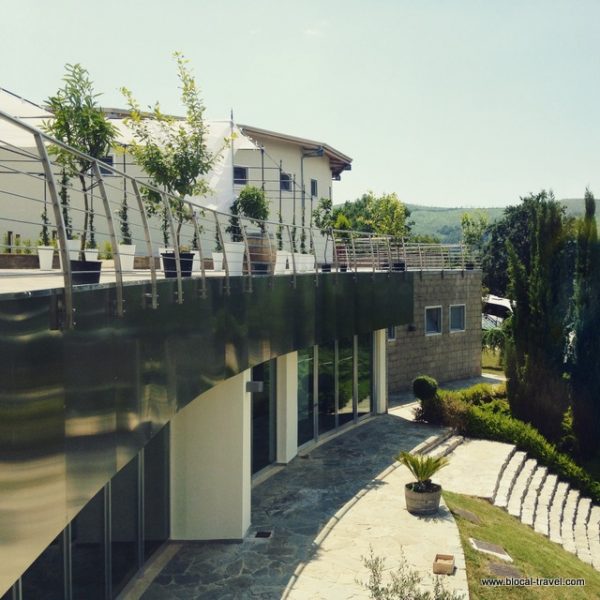
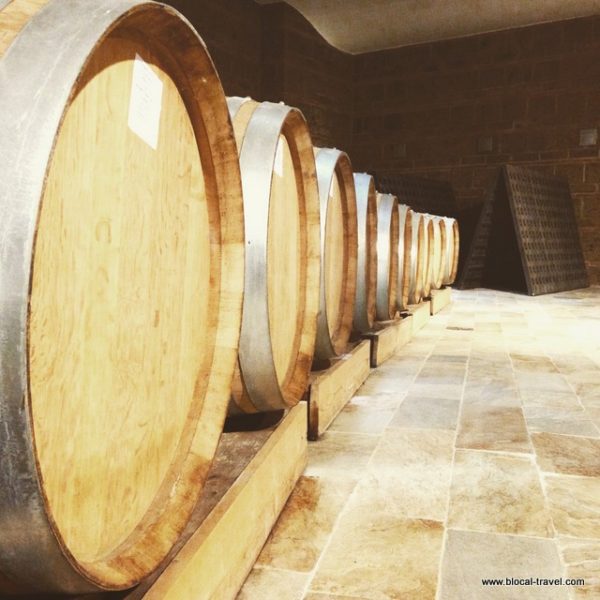
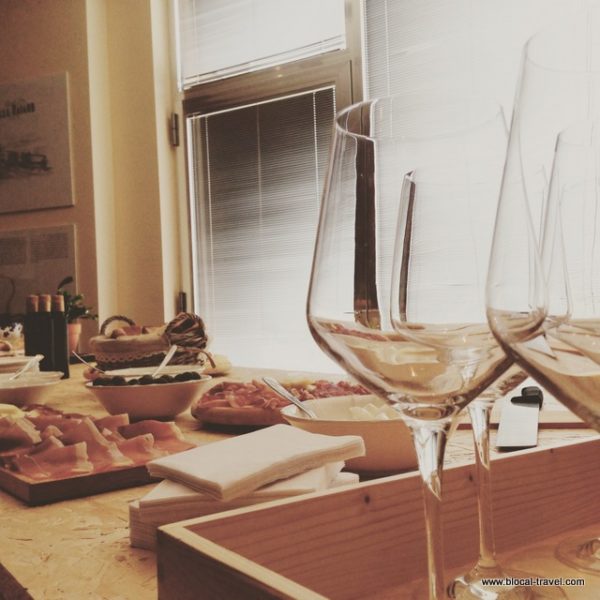
HERCULANEUM BY NIGHT
Grand Tour Campania by night
“La Notte di Plinio” at the archaeological excavations of Herculaneum from July to September 2015, available both in Italian and in English.
In the evening, I went to the Unesco archaeological site of Herculaneum to attend a night tour of the excavations and a theatrical reading of Pliny the Younger’s letters recalling the eruption of Vesuvius that buried the ancient city of Herculaneum in AD 79.
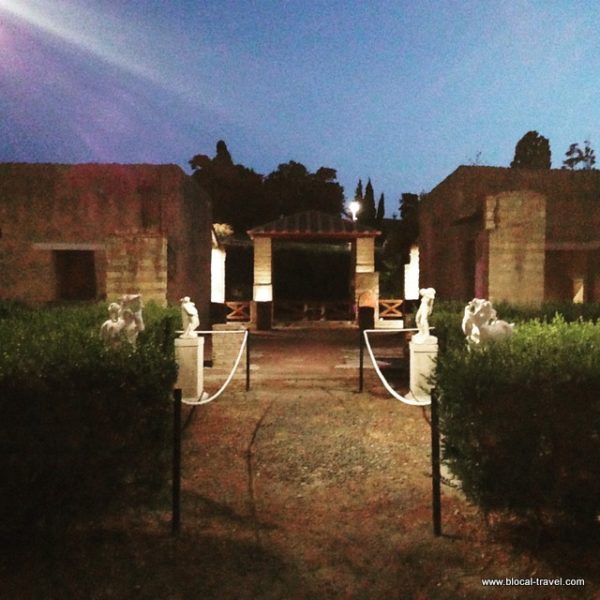
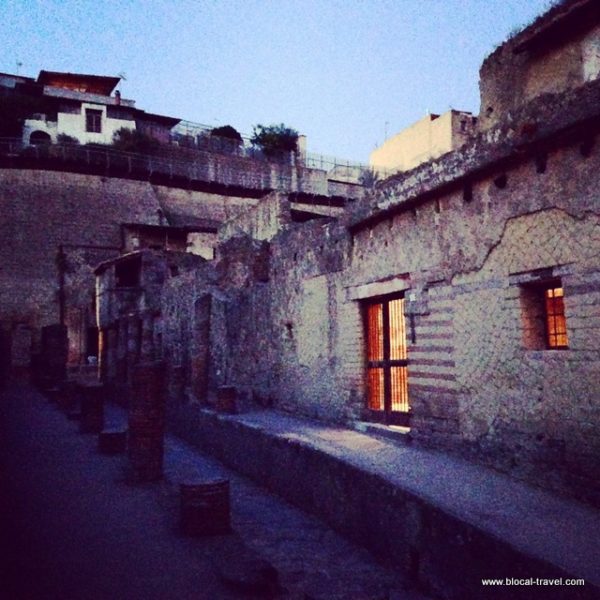
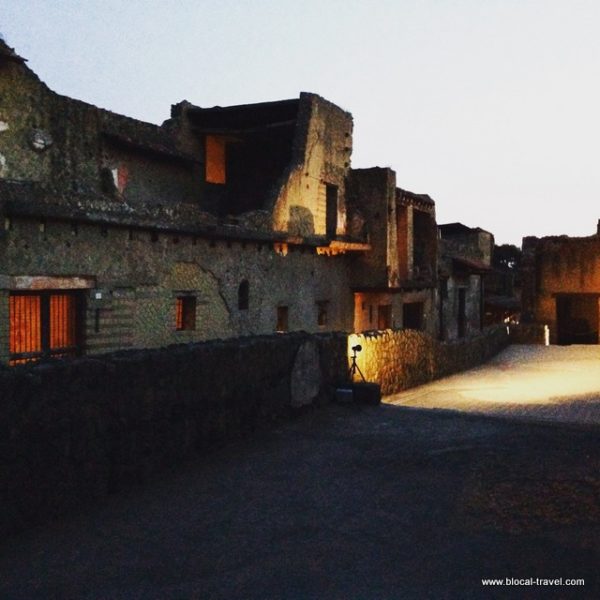
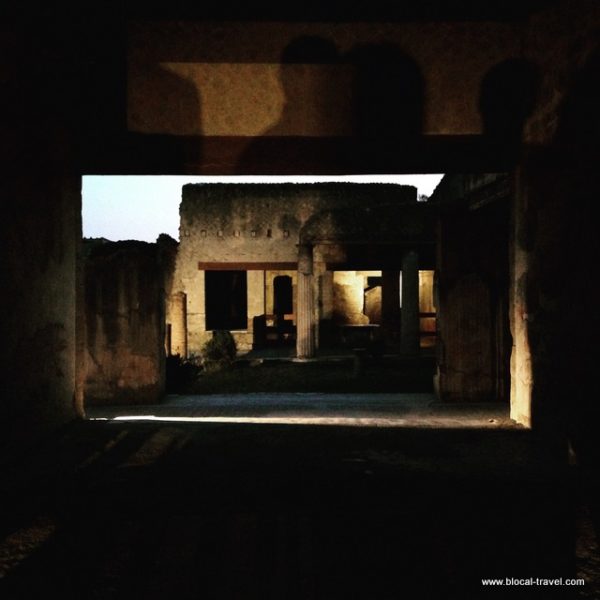
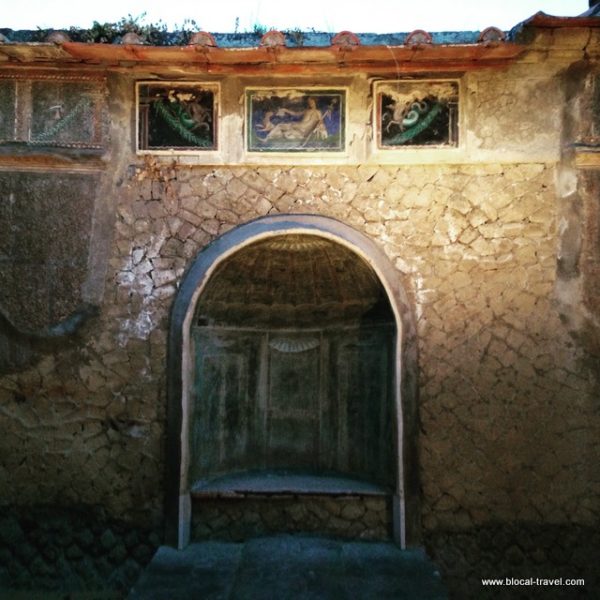
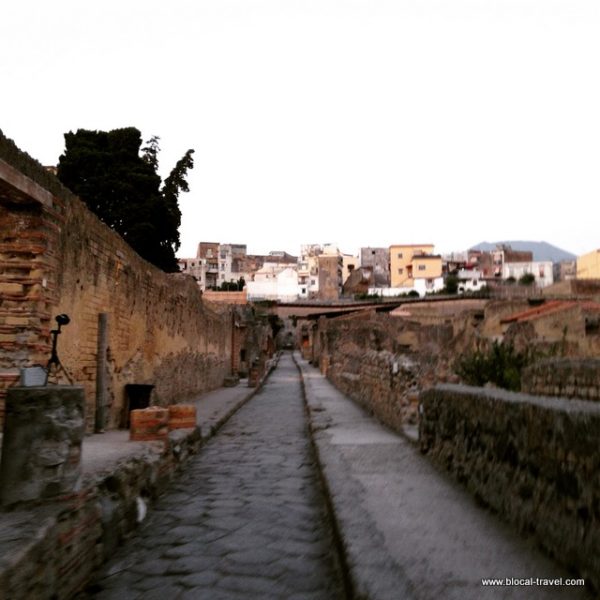
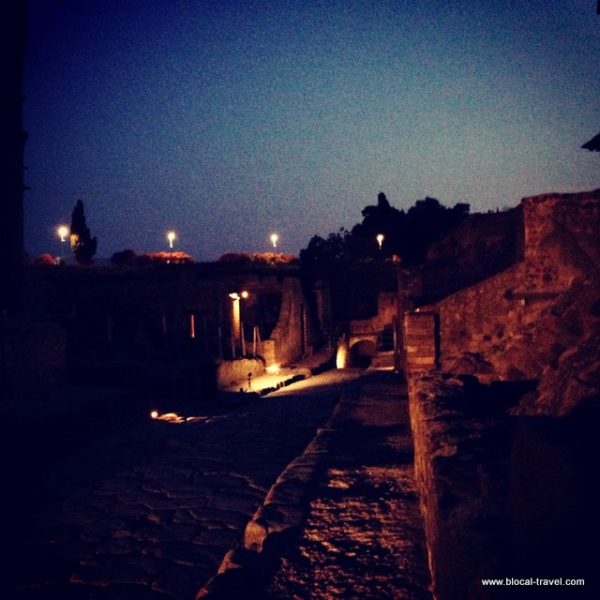
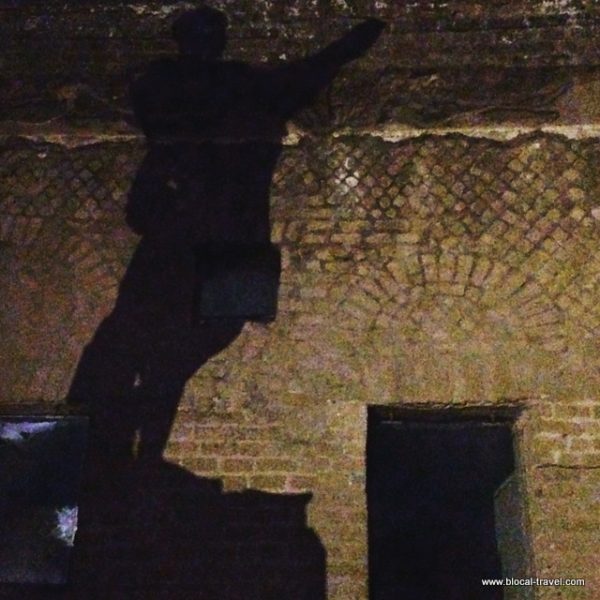
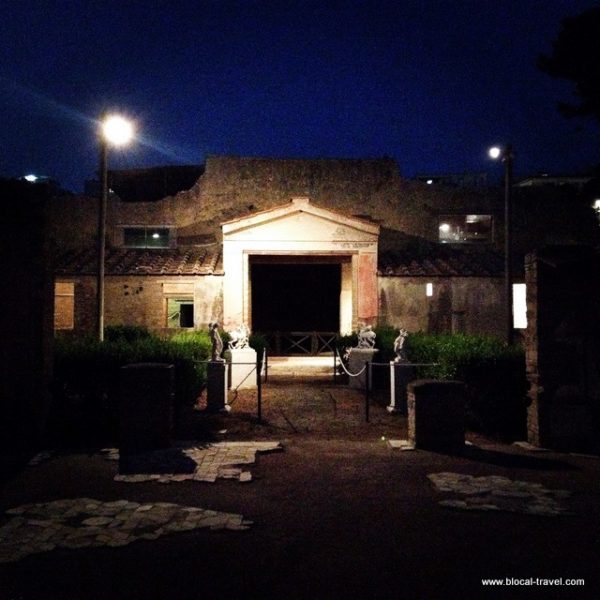
And so, this was my weekend in Campania. It’s always a pleasure to be back in Naples, as I consider it one of the most beautiful towns ever, but this time I especially loved going out of town and discovering two more beautiful places of Campania region. Stay tuned, as I am going back to Campania soon!
You can hover over these (or any image) to quickly pin it!
